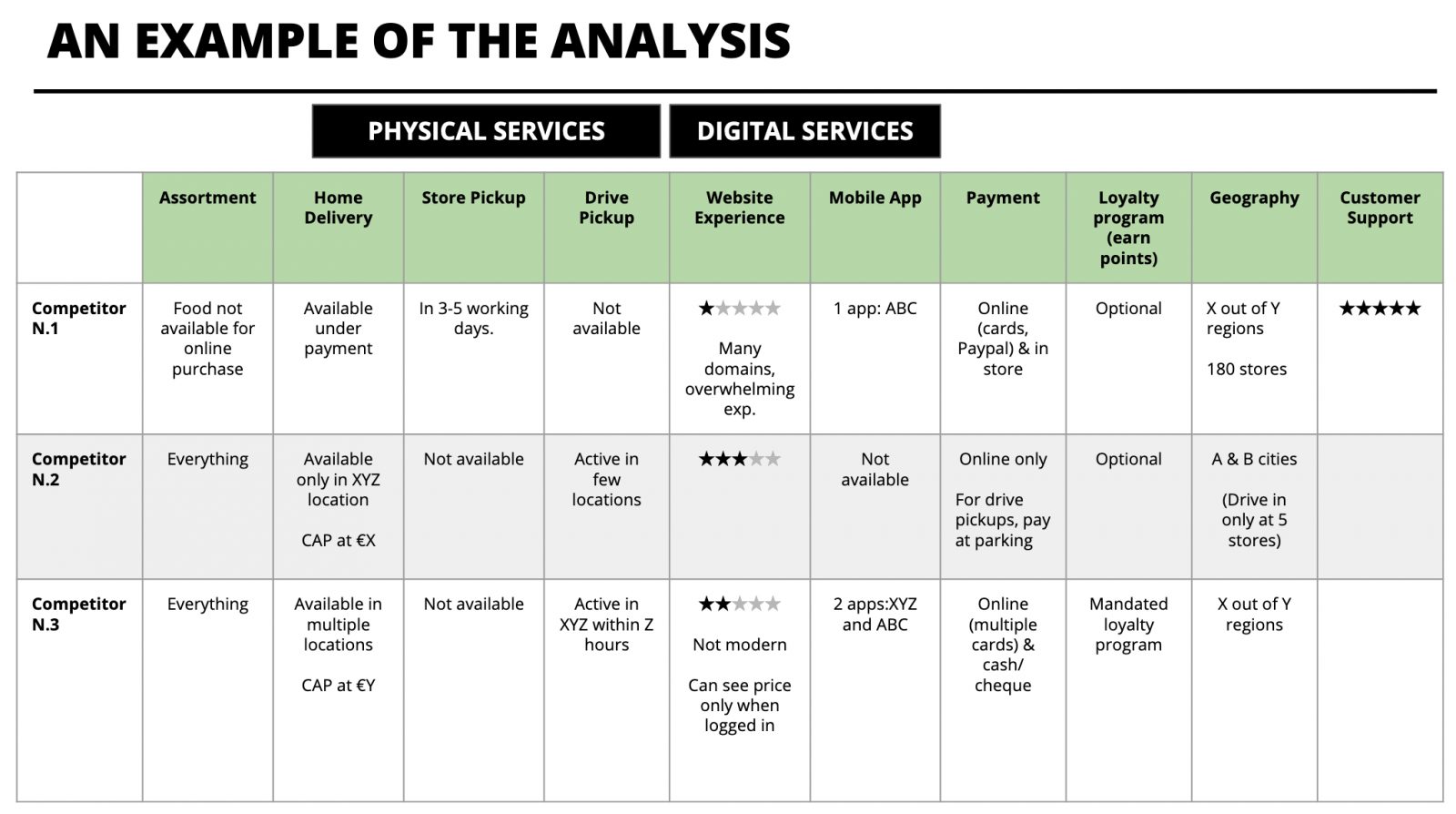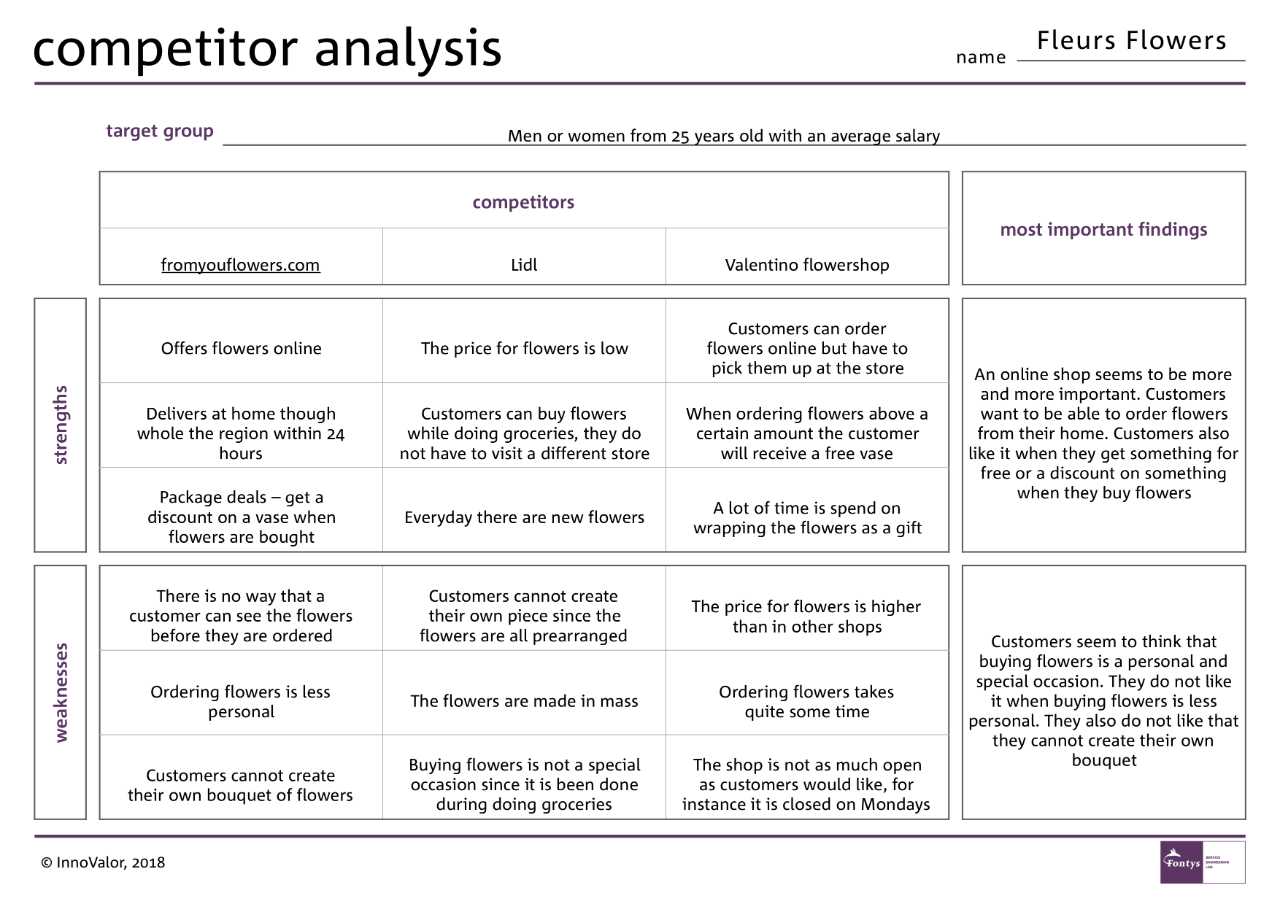January 7, 2021
How to Conduct a Competitive Analysis for Your Social Media Channels – Part 1

Social media is a highly competitive space. In fact, 90% of brands are now using it to build awareness and drive engagement.
Setting up social channels and establishing a social strategy is the first step in meeting modern competition. However, understanding your competitors is required to rise above what they are doing.

Thankfully, comparing yourself to the competition is a lot easier than it used to be. There are hundreds of ways to collect data on your peers, mirror their success, and avoid their failures.
It starts with performing an in-depth competitive analysis to develop more informed decision-making. It will show you how your business stacks up to others in the industry.
What is a Competitive Analysis?
Just as it sounds, a competitive analysis is simply an analysis of your competition.
A competitive analysis helps to determine the strengths and weaknesses of your competition and how those compare to your own. You are, essentially, equating how you do business to someone else selling a similar product/service.
This is a process of benchmarking your own results against the heavy-hitters in the market. The purpose is to identify opportunities for growth as well as campaigns that may not be performing as well as they should.
A social media competitive analysis will help a brand:
- Identify top competition on social media
- Know which platforms your competitors are on
- Understand how they are using these platforms
- Understand how well the competition’s social strategy is working
- Find gaps in your own social strategy
- Identify social threats to your business
The idea is to benchmark your social results against the competition so you have definitive goals to measure and assess.
How to Conduct a Social Media Competitive Analysis
Locate Your Competition
This isn’t always as easy as it sounds. It all depends on your industry and market. If you have a few of the keywords your business is trying to rank for on search engines, this is a good start. However, these should be descriptive longtail keywords, not something generic.
For example, if you run a boutique hotel in New York City with wine tastings, you won’t be competing with the Holiday Inn. So your search needs to go deeper than simply using keywords like “hotels in New York.”
Develop a Robust List of Keywords
Google Adwords Keyword Planner is a good tool for developing a keyword list that’s the most relevant for your brand. To start, use it to analyze your website. This will give you a list of relevant keywords, along with the average search volume and estimated level of competition.
This can be used to narrow down your list of competitors to ensure you’re analyzing businesses that you are truly competing with.
See Who’s Ranking on Search Engines
Once you have a keyword list that strongly represents the brand, plug the top 5-10 words into Google to see what companies pop up. This will give you a very quick sense of who your competition is online.

Pay attention to brands that are paying for Google ads, as they are really putting their money where their mouth is when it comes to marketing. Consider this strong competition.
Click through any competitor website and take a peek around. Most brands will keep their social buttons in either the header or footer of the page. Enter these links into your competitive analysis spreadsheets for quick and easy access.
Check Ranking on Social Media Sites
Ranking on Google is only half the battle. You should also know where your competition stands on each social channel. Enter keywords into the search bar and record what comes up.
On Facebook, you want to check out the top business pages for those keyword searches. On Twitter, you should pay more attention to hashtags. Every social channel is different.
Find Out Who Your Target Audience Follows
The people will lead you. Watch who your target audience is engaged with and that’s your direct competition. Twitter Analytics and Facebook Audience Insights will give you some understanding of what other companies your prospective customers follow.
Choose Up To Five Brands to Focus On
Don’t limit your analysis to just one company, but definitely narrow it down to between three and five top competitors. Choose the brands that have the closest fit to your target niche and this will give you the greatest insight.
Getting Started
Before you begin, find a place where you’ll keep all this data. An Excel spreadsheet is a good idea. You want a central repository for all competitor data that can be accessed quickly. Use this rich data to better inform everything from marketing strategies to know your customer (KYC) processes and future product development.
In Volume 2 we’ll look at gathering intel, in-depth SWOT analysis, and social media monitoring. Stay tuned!









